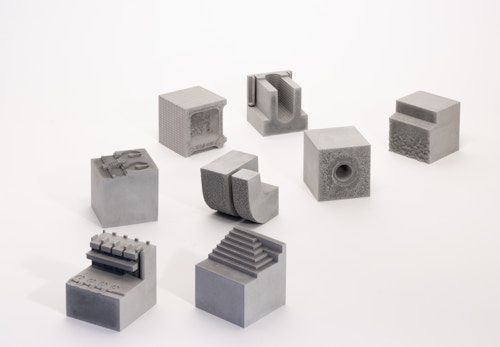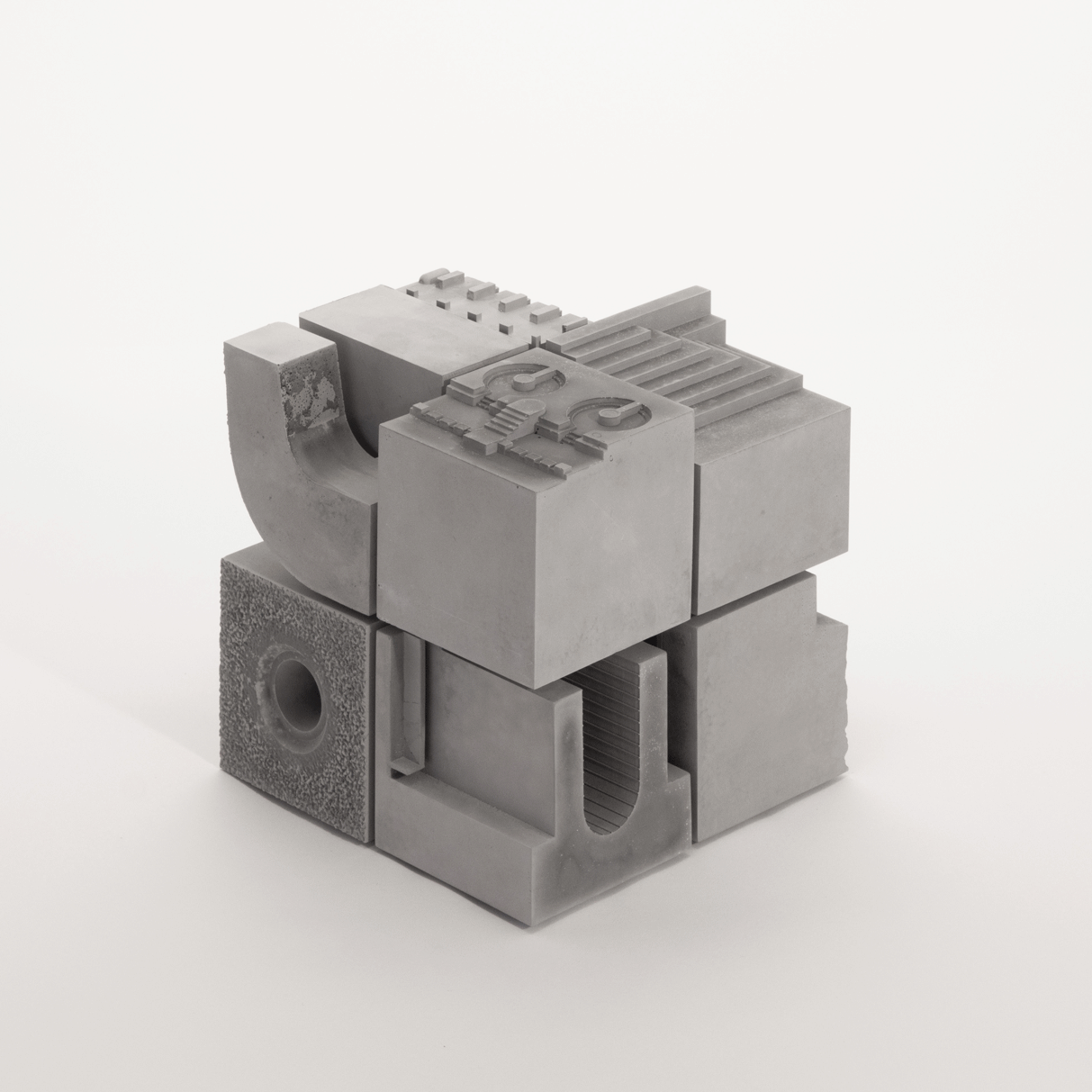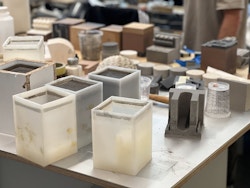
Can an architectural model be made which is not an architectural proposition? Nor one that is a representation of a building as it is? Can a model simply be a reference? A tool, a totem? For both design team and modelshop, this has been both a challenge and an opportunity as it is a territory which belongs more to the world of sculpture than that of architectural representation.
We strive to incorporate model making in as many of our projects as possible, and these are questions we have been exploring on the Barbican Renewal. On walks around the Barbican, the design team has enjoyed the richness of detail and the robustness of the concrete. We noticed how this manifested itself at different scales, from the 1:1 texture of the concrete itself to the forms and details found in balconies, the lakeside terrace and the boxiness of the arts centre building.
And while the Barbican Renewal project is still at its early stages, we have wanted to commission a model that conveyed a feeling of this special place. We arrived at an abstracted representation of the Barbican Centre as a specimen. It is a specimen up close and afar. To the familiar eye, one sees echoes of the Barbican’s character; but it could equally be an architectural folly, or simply a crafted object of no particular reference. We enjoyed this ambiguity.

We designed eight pieces of different details of the Barbican’s structure and challenged our modelshop to find a way to cast them as solid objects. The idea was to create something with presence and heft. This ignited a journey of trial and error, testing and moulding. In this spirit, the project of making the model was as much an exercise in learning new techniques and working with different materials as it was about creating a final product for display.

The piece comprises a series of eight fragments of the Barbican’s brutalist character. It is made of eight jesmonite cubes each of a different detail found within the Barbican Centre, scaled from 1:1 to 1:500. They can be arranged together or apart. The result is many different permutations.
The cubes: texture of concrete (1:1), wall detail of socket (1:5), lakeside balcony detail (1:10), Art Gallery tiled cuboid and waffle ceiling (1:20), fountain steps (1:50), foyer external staircase (1:100), Lakeside Terrace fountains (1:200) and the arts centre public spaces and foyer (1:500).

The joy of the archive
There is richness and pleasure in the experience and output of archiving and documenting. The Barbican Centre and Estate is one of the most documented moments in the history of 20th century architecture, and we are likewise interested in adopting this documentarian spirit in our ongoing work. As the work of the design team continues into its next stage of work, we will continue to find ways to document what is being done. Perhaps one day all this accumulated material will be of interest or the benefit to future generations.
Barbican Centre: Grain and Scale was on view at the 2023 Summer Exhibition at the Royal Academy of Arts, from 13 June to 20 August.
